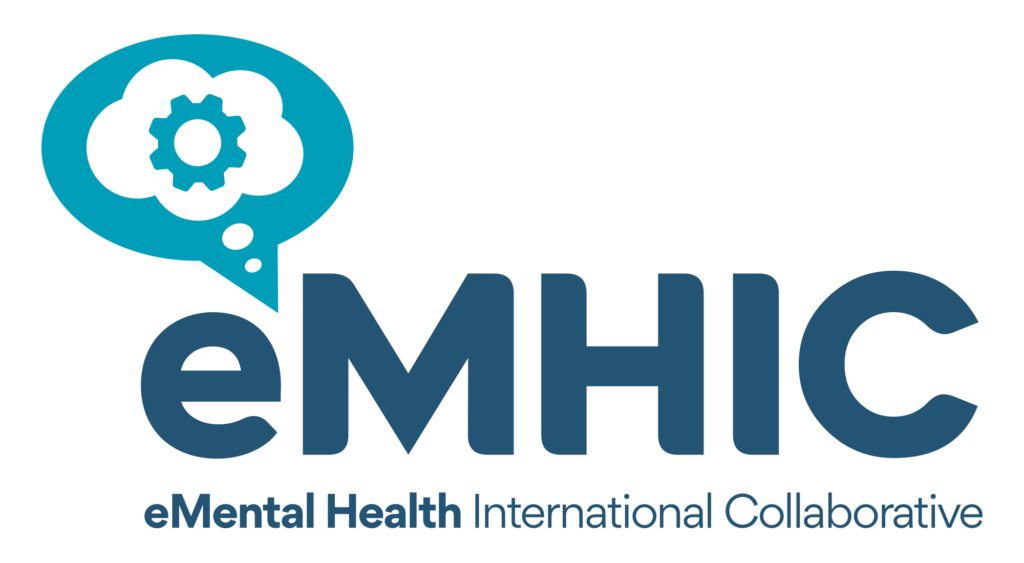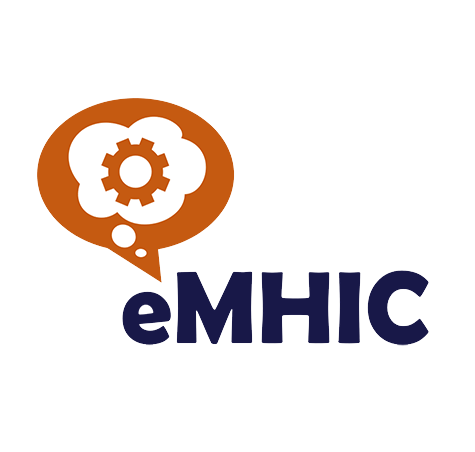A recent paper, titled “Considerations for Regulation and Evaluation of Digital Mental Health Technologies,” authored by Gareth Hopkin, Richard Branson, Paul Campbell, Holly Coole, Sophie Cooper, Francesca Edelmann, and Mark Salmon, dives into the growing role of Digital Mental Health Technologies (DMHTs) in supporting mental health services. As the demand for mental health care continues to rise, these digital tools offer a promising way to bridge gaps in service delivery, especially when workforce shortages and long waiting times are all too common.
While the potential of DMHTs is exciting, the paper highlights several important considerations that must be addressed to ensure these technologies are both effective and safe for users. These eight key points offer a comprehensive look at the regulatory and evaluation challenges surrounding DMHTs, and they provide valuable insights for developers, health services, and regulators.
- Intended Purpose: Developers must clearly define the purpose of their digital tools, specifying which populations they aim to help and what conditions they address. This clarity is essential for compliance with regulations and to help users and health professionals understand when and how to use these technologies effectively.
- Qualification and Classification: Determining whether a DMHT qualifies as a medical device is critical. This can be a tricky decision in mental health, where symptoms vary widely, and technologies may not fit into traditional categories. The paper suggests that regulatory agencies could help by offering more guidance specific to DMHTs.
- Risk Management: As with any healthcare tool, DMHTs must be designed with user safety in mind. Developers must show how risks are managed, especially when the technology is used outside professional supervision. For instance, someone in crisis must not use a tool designed for people with mild symptoms without the proper support.
- Clinical Evidence: DMHTS must be backed by solid clinical evidence. This means showing they are effective and proving that the benefits outweigh potential risks. The paper stresses the importance of high-quality studies to support adopting these technologies in healthcare settings.
- Resource Requirements and Economic Evidence: For DMHTs to become a standard part of mental health services, evidence is needed to show that they are cost-effective and can deliver value for money. This is especially important as health services seek ways to reduce costs while improving outcomes.
- Post-Market Surveillance and Life Cycle Assessment: Just because a DMHT is on the market doesn’t imply it is free of risk. Ongoing monitoring and assessment of these technologies are key to ensuring they remain safe and effective as they evolve.
- Replicability and Equity: While DMHTs hold the potential to reach large numbers of people, they must also be accessible to everyone, including those with lower digital literacy or those from underserved communities. The paper encourages developers to consider how their tools can be adapted to serve diverse populations.
- Wider Responsibilities: Beyond regulations, DMHT developers must consider their broader responsibilities, such as protecting user data, ensuring honest advertising, and working with health professionals to provide the best possible support.
Ultimately, the paper argues that if these considerations are carefully thought through, DMHTs have the potential to revolutionize mental health care. By addressing the regulatory and evaluation challenges, stakeholders can ensure that these digital tools are safe, effective, and accessible to those who need them most. As mental health care becomes more digitized, everyone involved—developers, regulators, health providers, and users—needs to work together to unlock the full potential of these technologies.
The project team is also proud to announce the publication of a viewpoint in The Lancet Digital Health, which discusses these regulatory and evaluation concepts with an additional lens of insight from the lived experience advisors to the project.
A note from co-author, Holly Coole:
“These papers establish the foundations of what considerations are required to support effective, robust regulation and evaluation of digital mental health technologies (DMHTs). The digital mental health project I am leading at the MHRA, in collaboration with NICE and funded by Wellcome seeks to provide clarity across many of these considerations through a range of outputs including guidance for developers of DMHTs that qualify as Software as a Medical Device (SaMD) and education materials for healthcare professionals and the public. Whilst the outputs of the project are applicable primarily to the UK, the findings and best practice can be shared to inform approaches internationally.
None of this work could have been developed without the critical involvement of the project working group and specifically the lived experience advisors who have diligently and passionately shared their insights to enable us to carve a path through this challenging landscape. To those involved in the project and to Wellcome for their funding, the project team are incredibly grateful for all contributions and experience to date.
We welcome further collaboration with eMHIC stakeholders to support us with the dissemination of outputs as we progress through the remainder of the project and look forward to providing you with further updates.”
Visit the following links to read these papers in depth:




